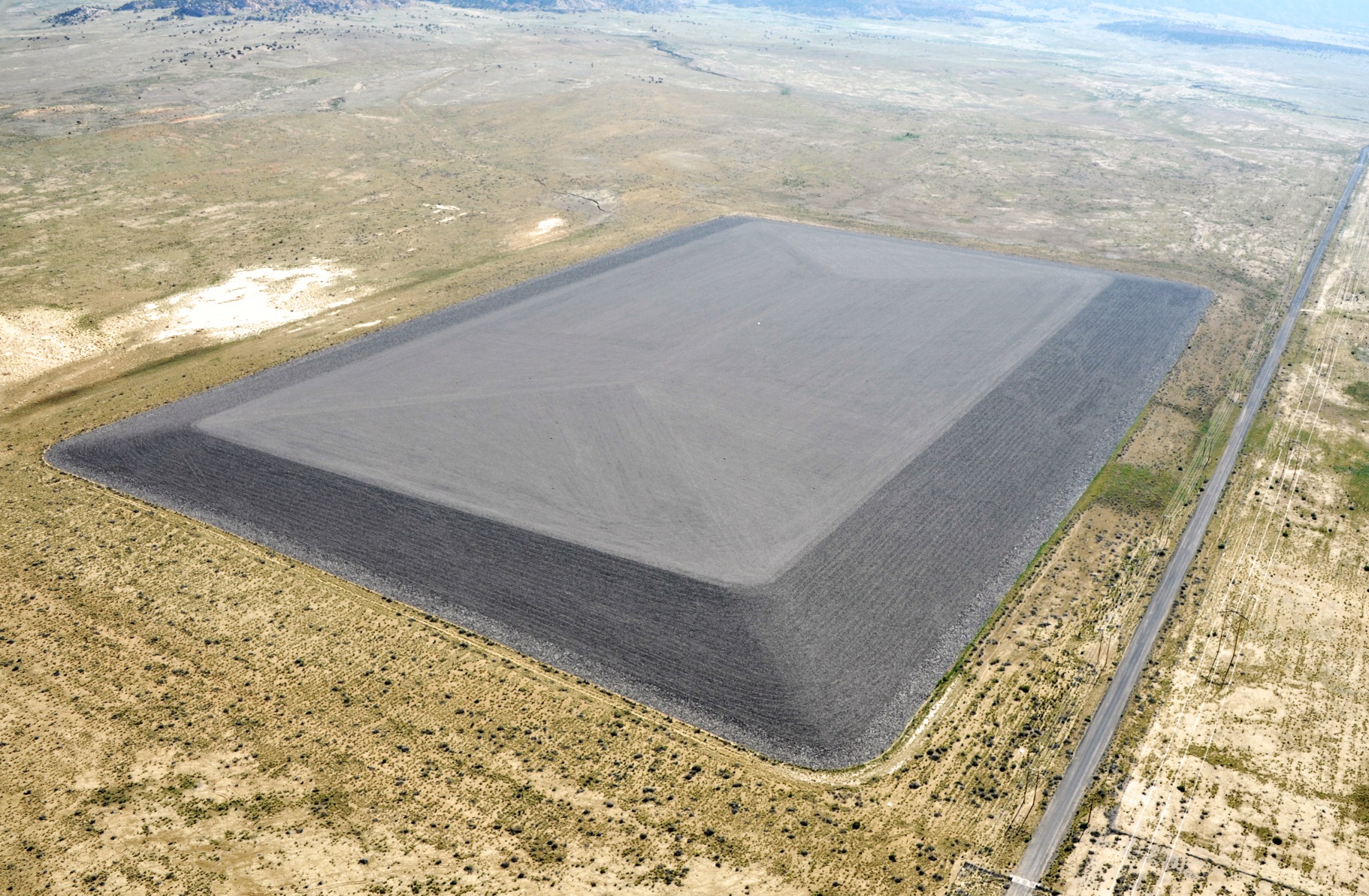Astronomers have developed a way to cheaply and easily measure the radiation exposure experienced by airline crews over Africa.
Cosmic radiation constantly bombards our atmosphere. Composed of tiny particles traveling at nearly the speed of light, cosmic rays originate from a variety of high energy processes throughout the universe, like quasars and supernovae.
These cosmic rays are a source of cancer in all living beings. The cosmic rays can slip between our cells and snip apart strands of DNA, which can lead to replication errors. We are safest on the ground because our atmosphere acts as an excellent safety blanket, blocking and absorbing all but the highest energy forms of cosmic rays.
But passengers on high-altitude flights suffer a slightly higher level of exposure. While casual passengers face no considerable additional risk, the same is not true for frequent travelers and especially for airline personnel. The governments of the United States and Europe have outlined safety standards for the maximum allowable radiation dose that aircraft crew can receive. Those governments have also set up monitoring systems over their airspaces to ensure that the cosmic ray environment does not pose a significant health hazard.
But the same is not true for Africa. We actually have no idea what the level of radiation risk is over that continent. To fix this, a team of astronomers tested a new idea. They mounted an especially sensitive Geiger counter to aircraft traveling from Germany to South Africa. They monitored the radiation level experienced by the aircraft during the long-haul flight.
Their initial measurements revealed that, thankfully, the radiation environment in the African skies was not unusually high. But this is just a test and the first development of a prototype. The researchers hope to deploy many more such instruments and piggyback on commercial aviation to build a much more robust map of the African radiation environment. This will ensure the health and safety of all the crews and passengers flying over that continent.

